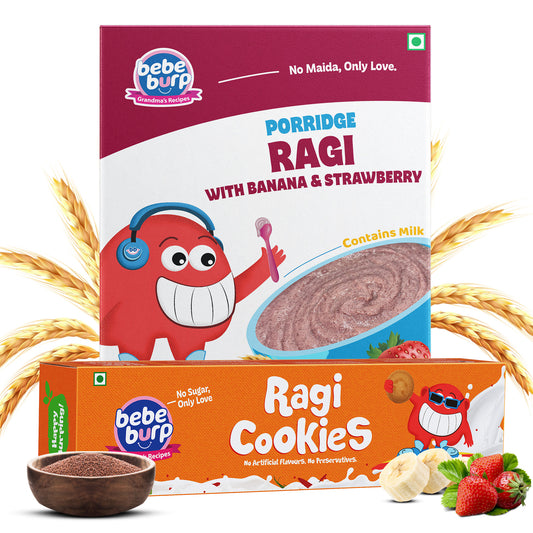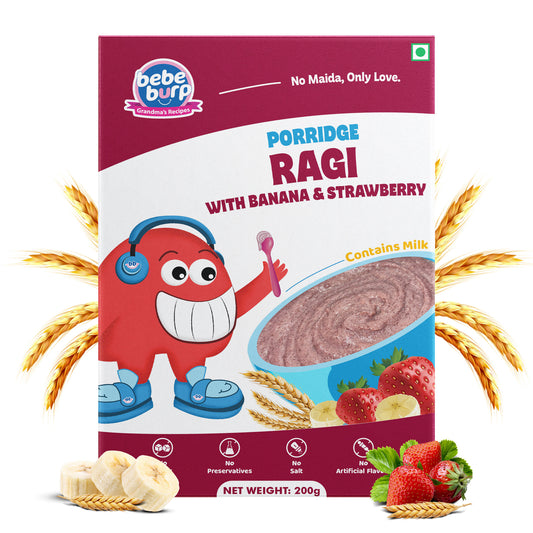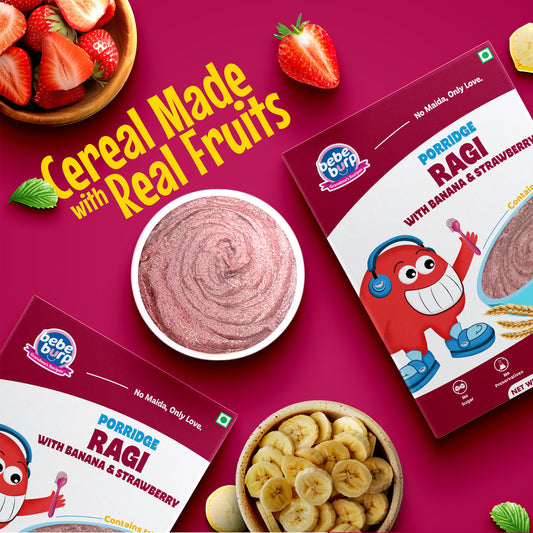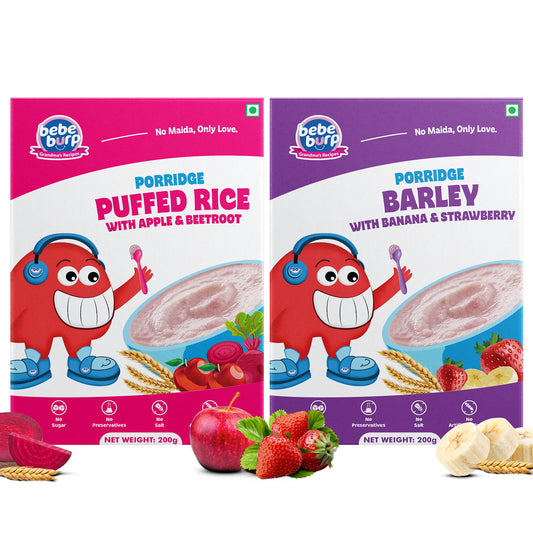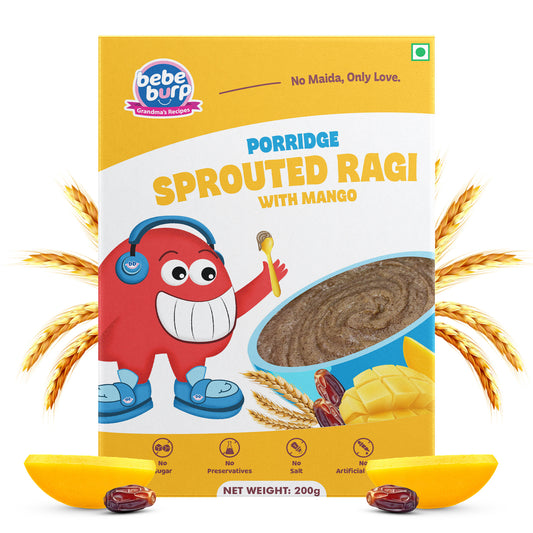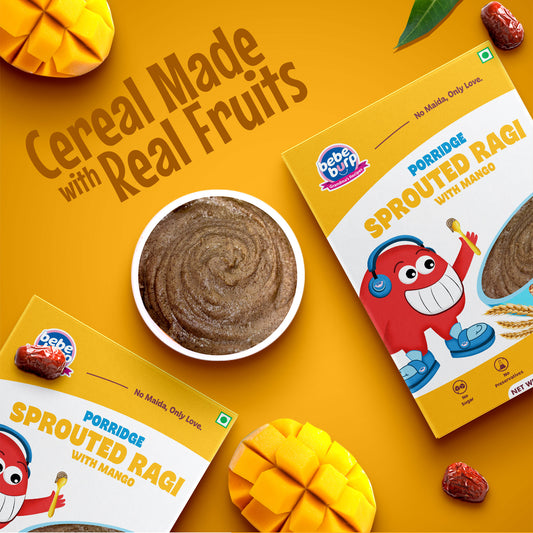You need no persuasion that it is a highly comforting thing to eat a warm, homely ragi ball (also ragi mudde or ragi sangati), served in a thali of South Indian food.
But have you ever asked yourself - “How many calories are in a ragi ball? or is it good to lose weight?
We shall uncrack it all - the number of calories in ragi ball to nutrition, the protein, the good, and even the comparison with rice!
What is a Ragi Ball (Ragi Mudde or Ragi Sangati)?
Ragi ball or ragi mudde in Karnataka and ragi sangati in Andhra is a classic south Indian meal prepared using finger millet flour (ragi) and water. It is plush, thick and is normally served with sambar, rasam or spicy curries.
It is more than a piece of food, it is comfort, custom and health in a ball!
People love ragi because:
- It fills you up (perfect to diabetics and weight watchers).
- It contains fiber, calcium and iron.
- It provides low-energy in a long-lasting manner - as opposed to rice or maida.
Calories in Ragi Ball – Quick Overview
The amount of calories in a ragi ball varies with the size and composition (some individuals put ghee or dal). But on average:
| Quantity | Calories | Protein | Carbs | Fat |
|---|---|---|---|---|
| 1 small ragi ball | 30–50 kcal | 1g | 9g | 0.2g |
| 1 medium ragi ball | 140 kcal | 2.5g | 27g | 0.4g |
| 100g ragi ball | 130–140 kcal | 2.3g | 25g | 0.4g |
| 250g ragi ball | 380–390 kcal | 6g | 75g | 1g |
So,
- 1 ragi ball calories ≈ 140 kcal (medium)
- 2 ragi mudde calories ≈ 280 kcal
- 250 gram ragi ball calories ≈ 390 kcal
Ragi Ball Nutrition Breakdown
Let’s go deeper into the nutrition facts — because calories are just one part of the story.
Macronutrients in Ragi Ball
1. Protein:
Ragi is not necessarily rich in protein as lentils, it contains approximately 26g/serving, which helps in keeping muscles healthy.
2. Carbohydrates:
Approx 7075g of carbs to 100g - however, they are complex carbs, thus they are met slowly and provide a long lasting energy.
3. Fiber:
Ragi balls contain a lot of dietary fiber and this assists in digestion and avoiding sugar spiking.
4. Fat:
Virtually insignificant - under 1g fat per serving.
5. Minerals:
Ragi is a calcium, iron, magnesium and phosphorus giant.
Ragi vs Rice – Which Has More Calories?
Ragi and rice have been compared with many people because both are part of the Indian meals.
| Food (100g) | Calories | Protein | Fiber | Glycemic Index |
|---|---|---|---|---|
| Cooked White Rice | 130 kcal | 2.4g | 0.4g | 73 (High) |
| Ragi Ball | 130–140 kcal | 2.3g | 3.5g | 55 (Low) |
Verdict:
- Ragi and rice have similar figures in number of calories per 100g of food item.
- But ragi ball wins fiber, calcium and long lasting energy.
- It is ideal with diabetics, fitness enthusiasts and children who require energy long term.
Calorie Calculator – Track Your Intake Easily
If you’re monitoring your daily intake, use a calorie calculator or calorie counter app.
You can log “ragi ball – 140 calories” and see how it fits your total daily calories.
Useful tools:
- Calories calculator for food – to track every meal.
- Calorie intake calculator – to see how much you should eat daily.
- Calorie calculator to lose weight – for fat loss tracking.
- Online calorie counter – quick and easy way to calculate.
Benefits of Eating Ragi Ball
Ragi is not only about calories but also about food. This is why it is a good idea to put it in your diet:
1. Excellent for Weight Loss
- Holds you up when you feel hungry, saves you the needless snacking.
- High GI (glycemic index) prevents sugar crashes.
- Good in terms of calories deficiency diets.
2. Rich in Calcium & Iron
- One of the most non-dairy foods that contain calcium is Ragi.
- Toughens the bones and teeth - perfect to children and women.
3. Manages Blood Sugar
- Receives glucose into the blood slowly.
- Beneficial for diabetics.
4. Improves Digestion
-
Fiber is high and so it aids in the health of the gut and the healthy bowel movements.
5. Boosts Immunity & Energy
-
Iron + amino acids in ragi help combat fatigue and improve stamina.
Ragi Ball for Weight Loss – Yes or No?
Absolutely YES, when eaten in moderation.
Here’s how:
- Have 1 medium ball of ragi (140 kcal) in lunching with curry or dal.
- This should not be overloaded with ghee or butter.
- To have balanced nutrition, include veggies.
How to Make a Healthy Ragi Ball at Home
The following is a simple and traditional recipe of soft and nutritious ragi balls:
Ingredients:
- 1 cup ragi flour
- 2 cups water
- Salt to taste
Steps:
- Heat water in a saucepan and place salt.
- Gradually add ragi flour stirring contently.
- Bake until sticky.
- Wet your palms and roll into balls.
Optional: Ghee or cooked dal water can be added to add additional nutrition.
Calories in this recipe:
- 1 medium ball = 130–150 kcal
- 1 large (250g) ball = 380–390 kcal
FAQs on Ragi Ball Calories & Nutrition
Q1. How many calories are in one ragi ball?
➡ About 140 kcal per one medium sized ragi ball.
Q2. Is ragi ball effective in losing weight?
➡ Yes! It has a lot of fiber, it fills you up and it also helps control the cravings.
Q3. What is the protein content of ragi ball?
➡ Around 2–6g protein, depending on portion size.
Q4. What’s the difference between ragi mudde and ragi sangati?
➡ Mudde is similar both to karnataka and sangati is Andhra/Telanganak.
Q5. Is ragi better than rice?
➡ Nutritionally yes ragi contains more fiber, calcium, and iron although the number of calories is equal.
Conclusion – The Smart Way to Enjoy Ragi
Ragi balls (mudde or sangati) are wholesome, traditional, and balanced.
With about 130–140 calories per 100g, they give you slow energy, essential minerals, and great satiety.
So next time you think of “healthy carbs,” skip refined rice or bread — and go for ragi balls.
They’re the perfect mix of tradition + nutrition + taste.
Stay healthy, stay desi — one ragi ball at a time!


